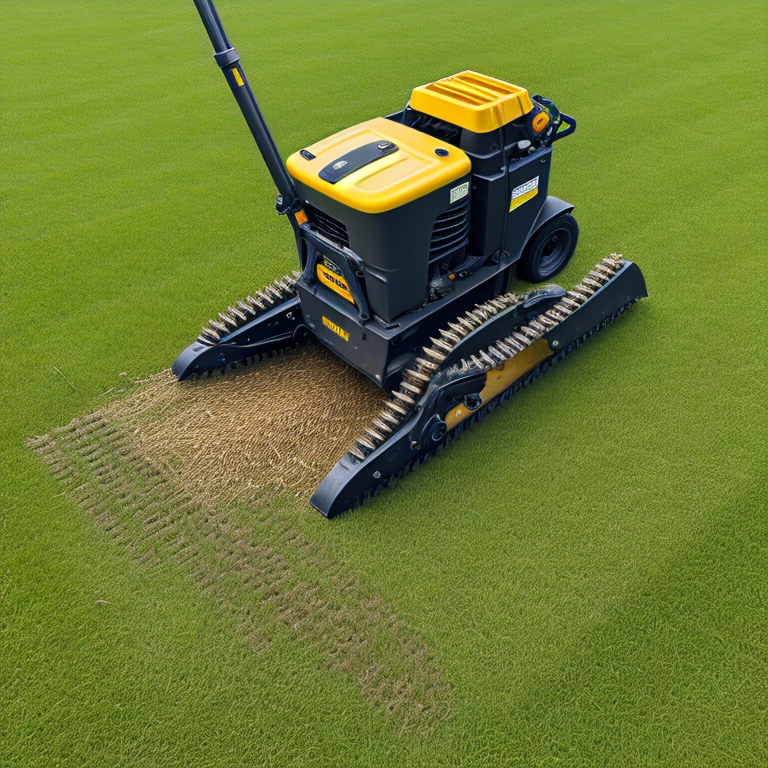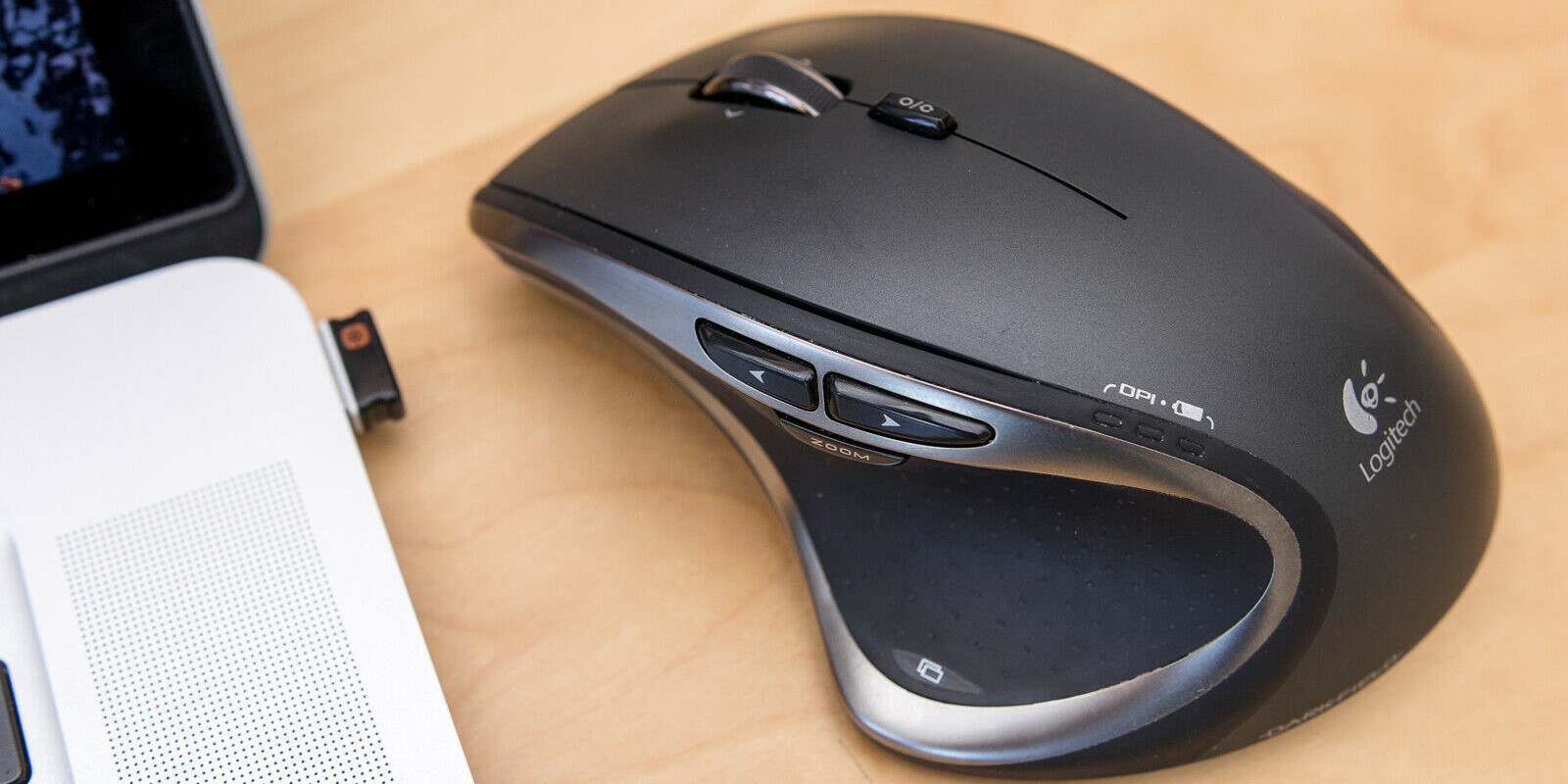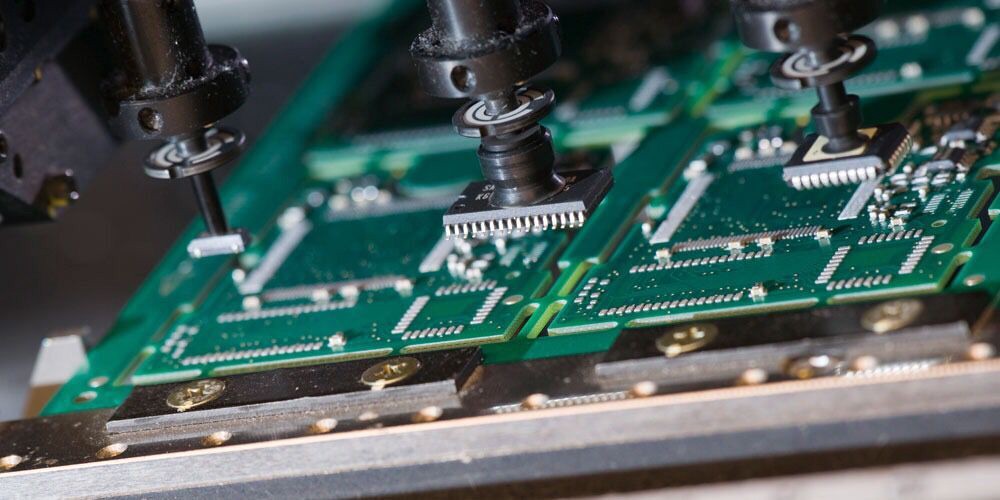The API 5L X42 carbon steel pipe grade is widely used in the pipeline industry. This grade of steel pipe, produced per API specification 5L, is commonly used to convey oil, natural gas, and water. Its unusual combination of qualities makes it a good option for a wide range of industrial, artisanal, and building uses. Check out API 5L X42 China Manufacturer by clicking on the link.
API 5L X42 Features
- Its high strength-to-weight ratio distinguishes API 5L X42. Because of this quality, it is highly desirable for use in pipelines subjected to extreme mechanical stress and pressure. Its longevity and strength guarantee consistent operation over time.
- API 5L X42 is well suited for applications involving the transportation of liquids or gases at high pressure due to its impressive pressure resistance. Because of this quality, it can be relied upon in extremely important sectors, such as the oil and gas business.
- Pipeline construction frequently calls for welding together separate lengths of pipe. Because of API 5L X42’s high weldability, making connections is much easier, and the pipeline’s structural integrity is not jeopardized in the process.
Applications of API 5L X42
- API 5L X42 is useful in the oil and gas industry and the chemical industry. It’s essential to the efficient and secure transport of numerous chemicals.
- API 5L X42 line pipes are useful in the oil and gas industries and the construction industry. The construction of various pipelines to convey water, resources, and materials is impossible without these pipes.
- The petroleum industry is where API 5L X42 has proven its worth the most. It sees heavy use on land for moving crude oil and natural gas from production sites to processing plants. It is a dependable channel for transporting offshore resources to onshore terminals. Because of its strength, pressure resistance, and longevity, it is a crucial part of the infrastructure supporting the business world.
Advantages of Using API 5L X42
- Because of API 5L X42’s sturdiness, pipelines can go longer between replacements, which is great for the environment. This reduces expenses over time, helps preserve natural resources, and supports long-term sustainability.
- API 5L X42’s adaptability comes from its use in various industries and contexts. Because of its versatility, it plays a crucial role in ensuring the uninterrupted movement of commodities and resources.
- Although more expensive options are available, API 5L X42 is still a good value due to its superior performance and durability. This presents a viable option for projects that can’t afford to skimp on quality.
- API 5L X42’s high-quality combination of properties makes it suitable for various uses. It is a dependable material due to its resistance to pressure, longevity, and weldability.
Conclusion
The API 5L X42 standard greatly illustrates how material science and industrial needs can work in harmony. Because of its high strength and weldability, it is an indispensable material for pipeline construction. Its widespread utility in fields as varied as petroleum processing, chemical manufacturing, and building construction attests to its vital role in today’s built environment. Pipeline engineering is essential to the global distribution of resources, and API 5L X42 has earned its place as a cornerstone thanks to its reliability, cost-effectiveness, sustainability, and versatility.









